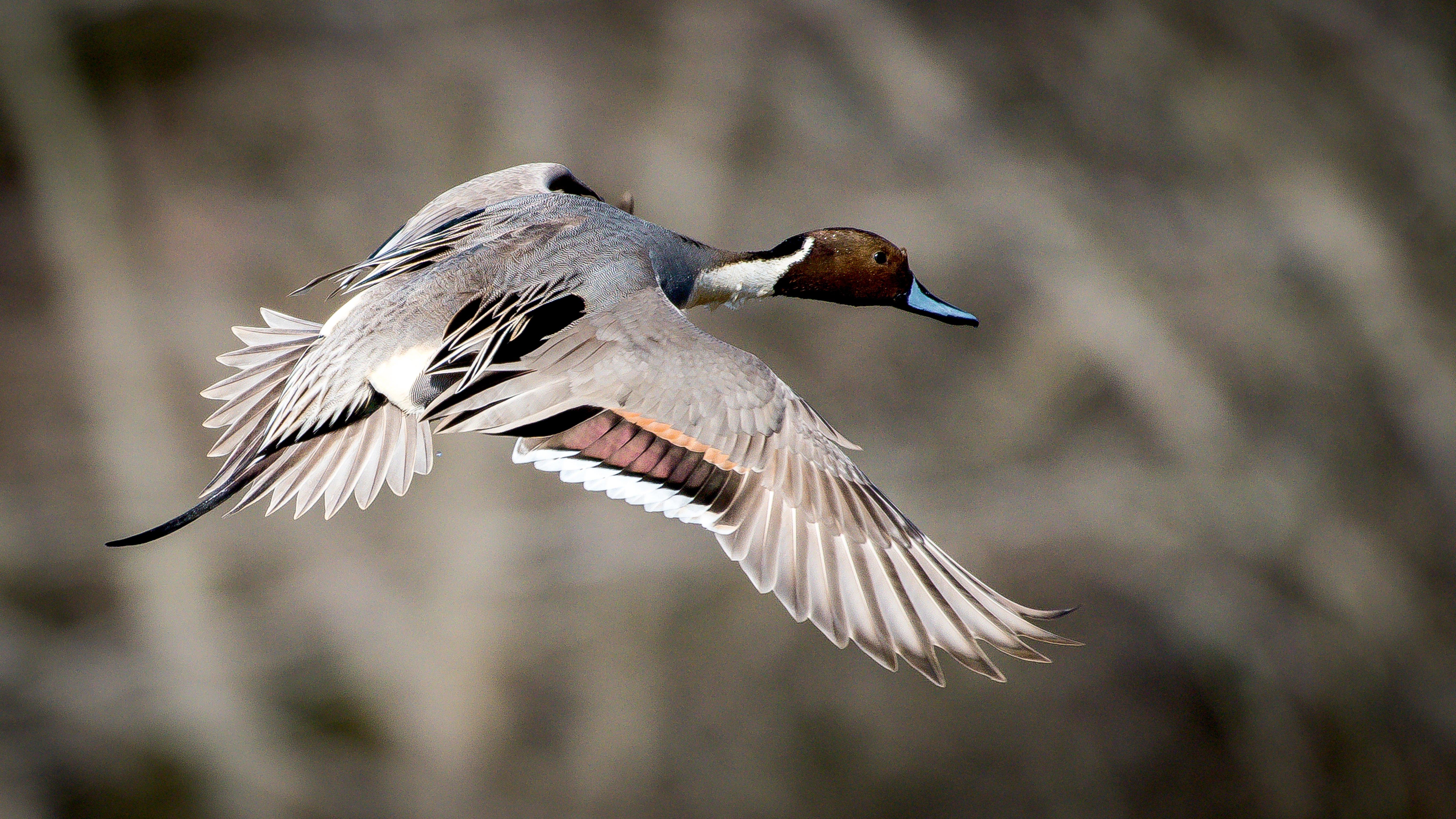538,700
Duck Statewide Harvest
28,500
Goose Statewide Harvest
33,500
No. Waterfowl Licenses Sold Annually
16.6
Ducks Per Hunter
1.9
Geese Per Hunter
$33
Cost of Resident Waterfowl Hunting License
Waterfowl supplemental license, $37; other fees apply for specific areas
Cost of Resident State Stamps and Permits
$25
Federal Duck Stamp
WMA small game and waterfowl $61; one-day WMA small game and waterfowl $12; WMA small game only $20.
Season $110; seven-day $61
Cost of Non-Resident Waterfowl Hunting License
$1
Cost of Non-Resident State Stamps and Permits
$25
Federal Duck Stamp
WMA small game and waterfowl $61; one-day WMA small game and waterfowl $12.

Photo by Krumpelman Photography
Tennessee duck hunting ranges from incredible to almost nonexistent, depending on which part of the state you're in.
The Volunteer State's most famous duck destination is without question Reelfoot Lake. This legendary water was created in the early 1800s when an earthquake struck the region, causing the Mississippi River to flow backward and spill water into the area that would become 13,000-acre Reelfoot Lake. The 20-mile-long lake is famous for its bald cypress trees, but perhaps more for its mallards. Located just off the Mississippi River, Reelfoot is in the middle of a migration corridor. Hunters lucky enough to receive a permanent blind there during the August drawing are almost guaranteed to have a good waterfowl season. In addition to their hunting licenses and duck stamps, Reelfoot hunters need a Reelfoot WMA permit.
Farther east, Kentucky Lake and Barkley Lake are overshadowed by Reelfoot's waterfowling, but they offer pretty respectable hunting. Camden Bottoms, Big Sandy and Harmon Creek wildlife management areas offer great duck hunting close to the big water.
The state offers a variety of hunting styles, from open-water gunning on Reelfoot to flooded timber shoots in places such as Moss Island WMA. Hunters will find dozens of Tennessee WMAs catering to waterfowl hunters, but be sure to read the rules carefully. Some WMAs close early in the afternoon, and others only allow hunting on certain days of the week. Some WMAs offer blind drawings. Successful applicants must be in their blinds by shooting hours each morning. Otherwise, blinds are available on a first-come, first-served basis. So if you show up late to your blind and someone else is waiting in the wings, you're out of luck for the day. Those hunters who don't draw can often get access to prime spots if they show up mid-week and don't mind missing out on first-light shooting.
The farther east you go — away from the Mississippi — the opportunities for duck hunters are generally poorer. Region 1 has the best opportunities. Folks hunting in Region 2 should check out Cheatham Lake and Old Hickory WMAs. In Region 3, you're pretty much limited to Chickamauga and Cordell Hull WMAs. Region 4, in the far eastern part of the state doesn't have any waterfowl hunting WMAs, so folks have to hunt public lakes or farm fields.












